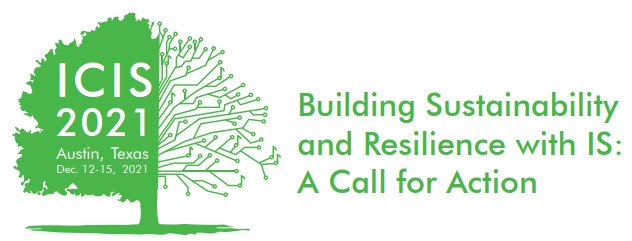IoT, Smart Cities, Services and Government
Loading...
Paper Number
1307
Paper Type
short
Description
Over-the-air (OTA) updates are gaining traction across various industries such as manufacturing, healthcare, and automotive. However, there is currently no consistent conceptualization of OTA updates in place. Also, we know little about what organizational capabilities are needed to turn OTA updates into customer value and thus infuse digital business models. Against this backdrop, this work follows two goals. First, to conceptually delineate what constitutes OTA updates and second, to pinpoint the organizational capabilities required to successfully manage OTA updates. Building on a large-scale survey of 360 product managers in manufacturing companies, we suggest that organizations follow two strategic steps when building OTA capabilities. First, they build the required technical competence and leverage it through their ability to create new innovative services. Second, performant companies deliver and monetize their value proposition in new ways by refining their business models.
Recommended Citation
Schulz, Colin; Raff, Stefan; Kortmann, Sebastian; and Obwegeser, Nikolaus, "Digital Age Organizations: Uncovering Over-the-Air Updates in the Smart Product Realm" (2021). ICIS 2021 Proceedings. 1.
https://aisel.aisnet.org/icis2021/iot_smart/iot_smart/1
Digital Age Organizations: Uncovering Over-the-Air Updates in the Smart Product Realm
Over-the-air (OTA) updates are gaining traction across various industries such as manufacturing, healthcare, and automotive. However, there is currently no consistent conceptualization of OTA updates in place. Also, we know little about what organizational capabilities are needed to turn OTA updates into customer value and thus infuse digital business models. Against this backdrop, this work follows two goals. First, to conceptually delineate what constitutes OTA updates and second, to pinpoint the organizational capabilities required to successfully manage OTA updates. Building on a large-scale survey of 360 product managers in manufacturing companies, we suggest that organizations follow two strategic steps when building OTA capabilities. First, they build the required technical competence and leverage it through their ability to create new innovative services. Second, performant companies deliver and monetize their value proposition in new ways by refining their business models.
When commenting on articles, please be friendly, welcoming, respectful and abide by the AIS eLibrary Discussion Thread Code of Conduct posted here.



Comments
18-IoT